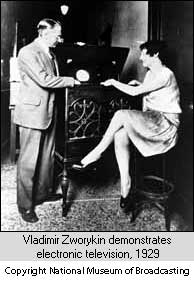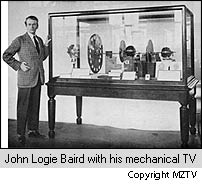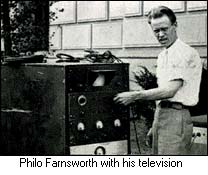What a great topic for a science fair project! To answer the question I want you to think about color. Which colors have more intensity or are warmer to you?
The nature of color is such that a material will absorb every frequency of color but the one it represents and that frequency will be reflected. Also consider lighter surfaces versus darker surfaces. A pool deck is painted white to keep it cooler by reflecting all the colors of the spectrum. A blacktop surface absorbs the energy from all frequencies of light reflecting very little and making it very hot.
Now back to the solar car science fair question. Each of the lights mentioned in the problem had certain characteristics which were being judged for their effectiveness in powering a solar car. While each light was distinct in spectrum, you need to consider not only which end of the spectrum you were dealing with, but how much or how wide of a spectrum you were dealing with. Each of the bulbs that worked well with the car represented a wide spectrum of energy. Even though the IR and UV bulbs are skewed to one end of the spectrum, you have to remember that there is electromagnetic (light) energies that go beyond the visible spectrum of light.
A fluorescent light has a very narrow frequency band of energy. You may have recognized this as objects look different in its light. For years homeowners balked at the idea of putting fluorescent lighting in their homes even though fluorescent fixtures use a fourth the energy because it gives a cold look as opposed to the warm look of incandescents. You may have also noticed fluorescent products such as artificial lighting for plants and aquariums that advertise fuller spectrum energy to enhance color, appearance and growth for these same reasons. You would expect these bulbs to not only give objects in its light better color, but since it is fuller spectrum, your solar car should perform better.
There is also higher photonic energy on the infrared side of the spectrum because of its longer wavelength. If you were to consider all options that light has when striking a solar panel: It can reflect off of it and not create electricity; it can be absorbed and not create electricity; it can be absorbed and create electricity; and it can pass straight through and do nothing. The nature of longer wavelength IR light is such that it is more easily absorbed. On the other hand UV light is higher frequency light and has the tendency to pass through objects rather than be absorbed. One might expect, depending on the purity of the light source, that the IR bulb did better than the UV bulb. Additionally, fluorescent bulbs usually tend to be found in the UV side of the light spectrum and so these UV characteristics would apply.








